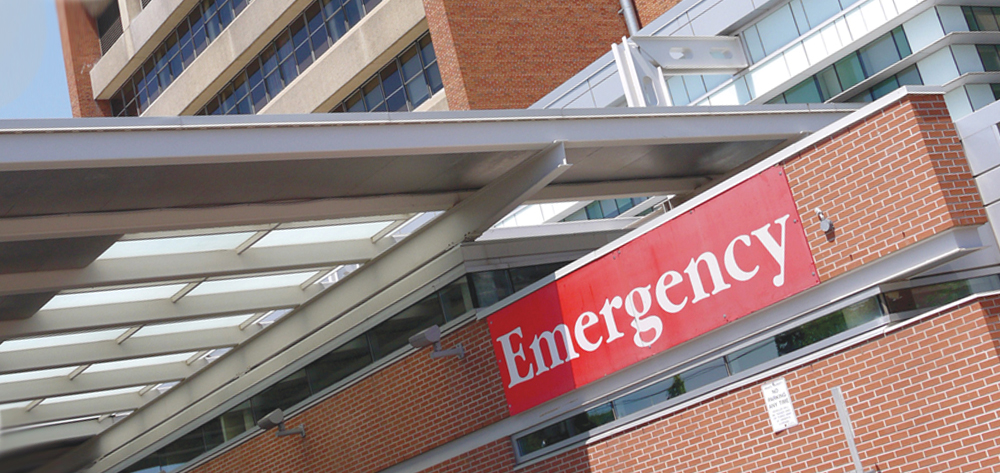When you work in an emergency department (ED), you expect the unexpected. But what happens when the unthinkable occurs? American Nurse Today’s editorial team, led by Pam Cipriano, spoke with Loressa Cole, Chief Nursing Officer at Montgomery Regional Hospital in Blacksburg, Virginia and members of the nursing staff who played an integral role in responding to the April 16 disaster at Virginia Tech. Here’s a summary of their experience.
As the night shift was ending, a call came over the rescue squad radio to respond to an incident at Virginia Tech. As the calls for assistance increased, the ED staff realized they had something significant on their hands.
Pulling together
Fortunately, several members of the ED staff serve on the local rescue squad, and one was already on the scene. Radio contact between first-responders and law enforcement officers enhanced communication, as events unfolded. Because the hospital is a Level III trauma center and staff members participated in a disaster life-support program, they were prepared to act quickly and effectively. The fact that many staff members have critical-care certifications also helped prepare them.
After a second call came in saying more patients would be arriving, the staff activated their disaster plan. Within minutes of establishing a command station, the CEO and other members of the administrative team stepped in. Nurses off-duty hearing the news on T.V. and radio grabbed their scrubs and reported to work. Elective surgeries were canceled, noncritical ED patients were triaged to the outpatient surgery department, and the operating room (OR) rallied every available surgeon and anesthesiologist. One patient went directly from the ambulance to the OR. The intensive care unit (ICU) made beds available.
ED director, Mike Hill gave credit to the hospital as a whole. “We couldn’t have made it without the ICU, CCU, OR, ortho, med-surg—even OB was here. The lab and X-ray departments were great. I can’t tell you how proud I am of this hospital for pulling together.”
Counselors and human resource staff helped keep the community informed and responded to inquiries from patients’ loved ones.
Outpouring of support
The outpouring of support has been indescribable: e-mails and phone calls from across the country and Canada, support from the business community through the donation of pizzas and hoagies, other facilities volunteering their staff for support or relief, around-the-clock grief counselors, and a heartfelt visit from Governor Tim Kaine.
As the week unfolded, the mood in the ICU changed from shock to joy. Students from Virginia Tech were able to visit freely. It wasn’t unusual to have a room filled with 10 to 12 Virginia Tech students.
As the students’ physical injuries began to heal, the attention turned to emotional recovery for both students and staff. Loressa Cole says her personal recovery began with rounding on the students and their parents four to five times a day. “You walk into any of the rooms and see beautiful young men and women with big smiles on their faces, and that’s very healing.”
Many staff members have either voluntarily gone to grief counseling or have been led there by someone who cares about them. Everyone who has participated said it made a significant difference. Much of the support came from each other, as they talked about the event, hugged each other, and cried together. Perhaps most beneficial was having the ED and OR staff members visit the students and embrace them and their families.
Although the healing will take a long time, it’s never too soon to examine the event, learn from the experience, and identify opportunities for improvement. And there’s one take-away point the staff and Cole would like to convey to nurses across the country: Take your disaster planning seriously—drill, drill, drill.
The life-saving teamwork from the Montgomery Regional Hospital organization demonstrates that these nurses certainly did.


















